Instruction
5 things I learned traveling with a Tour player

This story was selected as one of the 15 best GolfWRX stories of 2015!
As golf fans, we all dream of one day getting a taste of life on tour.
I got my taste in 2014 as part of a PGA Tour “entourage,” traveling to three consecutive PGA Tour events in Malaysia, Mississippi and Mexico. My role was that of trainer, massage therapist and nutritionist to Cameron Smith, and I had exclusive, inside-the-ropes access at each of the events.
The young Aussie is aiming to become only the seventh player in PGA Tour history to bypass tour qualifying school and the Web.com tour, and play his way on to the Tour through exemptions via top-10 finishes and sponsor invites. A T5 finish in Malaysia got him off on the right track.
As a fitness professional and a rusty six-marker, I learned a lot from this experience and wanted to share my insights about fitness, golf and life on tour. Below are the top five things I learned from my time spent with Cameron Smith, from which I hope you will benefit as well.
Insight No. 1
These guys are good, but they’re not perfect!
https://www.youtube.com/watch?v=78_1TSJARCc
Tour Example
I watched a lot of golf during those three weeks, following Cameron during each competitive and practice round. He was paired with a variety of different players, from major champions and Ryder Cup heroes to journey-man pros. They all missed fairways, they all hit it in bunkers and they all lipped out short putts. Although there were many, many great golf shots from each and every player, not one of them played flawless golf for 18, 9 or even 5 holes in a row.
What to learn
If the best players in the world aren’t perfect, then neither are you or I. Accept that you’ll make mistakes — even count on it. Lower your expectations a little and have some fun. You might even shoot a better score!
Insight No. 2
Travel destroys posture.
Tour Example
Every time we got off a plane, I saw Cameron’s shoulder’s and head come forward and his hips tighten up — his movement quality declined as a result. We had to do lots of “anti-travel” exercises to compensate for this and get him back on track.
What to learn
You might not do a huge amount of plane travel, but I’m willing to bet you sit for extended periods of the day. The commute to work, using the computer and watching TV are the equivalent of those long plane journeys on tour. Sitting and slouching extensively reeks havoc with your posture, which leads to poor set-up, alignment, missed shots and even injury.
Sit less, move more, stretch often and do some postural training: Check out the GolfFit App here
Insight No. 3
PGA Tour pros don’t always aim at the flag.
Tour Example
Walking inside the ropes on practice rounds allowed me to eavesdrop on lots of strategic conversions between players and caddies. Often PGA Tour players are aiming 20-to-30 feet away from the hole. Why? Because they know they’re not perfect and don’t want to miss the green in a dangerous spot.
What to learn
These guys don’t miss by much, we miss by lots — so why on earth are we firing at flags? If we just aim at the middle of the green, we’ll probably end up closer to the hole!
A course-charting expert who works with Golf Australia is a firm believer that if we removed the flag stick from every hole, forcing us to simply aim for the middle of the green, then club golfers would score much better on average.
Insight No. 4
Nutrition and hydration are crucial.
Tour Example
At the CIMB Classic in Malaysia, it was really hot and incredibly humid. Regular small snacks and a water intake of around 6 liters (1.5 gallons) during the round were key to Cameron finishing strong each day. By contrast, many of his playing partners faded badly in the last few holes and were noticeably fatigued.
What to learn
I’m big on food and water consumption before, during and after golf. Being well hydrated and nourished could be the difference between finishing our rounds strong and riding the bogey train express all the way to the clubhouse.
Have a solid meal two hours before tee off. Then eat a mix of fruit, nuts and natural protein bars on hole Nos. 3, 9 and 15. Quantity is dependent on the individual — try not to stuff yourself, but don’t go hungry either!
Water intake should be higher than usual before, during and after the round. Aim for 1.5 pints before the round, three pints during the round and another one pint after. Double that if you are playing in hot and humid conditions.
Insight No. 5
You’ll see and hear more as a spectator during a practice round.
Tour Example
Being able to walk inside the ropes with no one else around gave me a great insight into strategy and on-course preparation. The experience taught me that these guys are good (but not perfect), and allowed me to take up-close video footage and even chat to some of the other players.
What to learn
Instead of going to an event to watch the weekend play and fighting the crowds to get a glimpse of the leaders, try turning up on Tuesday and watching the practice round. Take your camera and make some notes on what you see — you might just learn something!
For more information on all things golf fitness, including blog articles, programs and more, check out Golf Fit Pro.
Instruction
The Wedge Guy: Beating the yips into submission

There may be no more painful affliction in golf than the “yips” – those uncontrollable and maddening little nervous twitches that prevent you from making a decent stroke on short putts. If you’ve never had them, consider yourself very fortunate (or possibly just very young). But I can assure you that when your most treacherous and feared golf shot is not the 195 yard approach over water with a quartering headwind…not the extra tight fairway with water left and sand right…not the soft bunker shot to a downhill pin with water on the other side…No, when your most feared shot is the remaining 2- 4-foot putt after hitting a great approach, recovery or lag putt, it makes the game almost painful.
And I’ve been fighting the yips (again) for a while now. It’s a recurring nightmare that has haunted me most of my adult life. I even had the yips when I was in my 20s, but I’ve beat them into submission off and on most of my adult life. But just recently, that nasty virus came to life once again. My lag putting has been very good, but when I get over one of those “you should make this” length putts, the entire nervous system seems to go haywire. I make great practice strokes, and then the most pitiful short-stroke or jab at the ball you can imagine. Sheesh.
But I’m a traditionalist, and do not look toward the long putter, belly putter, cross-hand, claw or other variation as the solution. My approach is to beat those damn yips into submission some other way. Here’s what I’m doing that is working pretty well, and I offer it to all of you who might have a similar affliction on the greens.
When you are over a short putt, forget the practice strokes…you want your natural eye-hand coordination to be unhindered by mechanics. Address your putt and take a good look at the hole, and back to the putter to ensure good alignment. Lighten your right hand grip on the putter and make sure that only the fingertips are in contact with the grip, to prevent you from getting to tight.
Then, take a long, long look at the hole to fill your entire mind and senses with the target. When you bring your head/eyes back to the ball, try to make a smooth, immediate move right into your backstroke — not even a second pause — and then let your hands and putter track right back together right back to where you were looking — the HOLE! Seeing the putter make contact with the ball, preferably even the forward edge of the ball – the side near the hole.
For me, this is working, but I am asking all of you to chime in with your own “home remedies” for the most aggravating and senseless of all golf maladies. It never hurts to have more to fall back on!
Instruction
Looking for a good golf instructor? Use this checklist

Over the last couple of decades, golf has become much more science-based. We measure swing speed, smash factor, angle of attack, strokes gained, and many other metrics that can really help golfers improve. But I often wonder if the advancement of golf’s “hard” sciences comes at the expense of the “soft” sciences.
Take, for example, golf instruction. Good golf instruction requires understanding swing mechanics and ball flight. But let’s take that as a given for PGA instructors. The other factors that make an instructor effective can be evaluated by social science, rather than launch monitors.
If you are a recreational golfer looking for a golf instructor, here are my top three points to consider.
1. Cultural mindset
What is “cultural mindset? To social scientists, it means whether a culture of genius or a culture of learning exists. In a golf instruction context, that may mean whether the teacher communicates a message that golf ability is something innate (you either have it or you don’t), or whether golf ability is something that can be learned. You want the latter!
It may sound obvious to suggest that you find a golf instructor who thinks you can improve, but my research suggests that it isn’t a given. In a large sample study of golf instructors, I found that when it came to recreational golfers, there was a wide range of belief systems. Some instructors strongly believed recreational golfers could improve through lessons. while others strongly believed they could not. And those beliefs manifested in the instructor’s feedback given to a student and the culture created for players.
2. Coping and self-modeling can beat role-modeling
Swing analysis technology is often preloaded with swings of PGA and LPGA Tour players. The swings of elite players are intended to be used for comparative purposes with golfers taking lessons. What social science tells us is that for novice and non-expert golfers, comparing swings to tour professionals can have the opposite effect of that intended. If you fit into the novice or non-expert category of golfer, you will learn more and be more motivated to change if you see yourself making a ‘better’ swing (self-modeling) or seeing your swing compared to a similar other (a coping model). Stay away from instructors who want to compare your swing with that of a tour player.
3. Learning theory basics
It is not a sexy selling point, but learning is a process, and that process is incremental – particularly for recreational adult players. Social science helps us understand this element of golf instruction. A good instructor will take learning slowly. He or she will give you just about enough information that challenges you, but is still manageable. The artful instructor will take time to decide what that one or two learning points are before jumping in to make full-scale swing changes. If the instructor moves too fast, you will probably leave the lesson with an arm’s length of swing thoughts and not really know which to focus on.
As an instructor, I develop a priority list of changes I want to make in a player’s technique. We then patiently and gradually work through that list. Beware of instructors who give you more than you can chew.
So if you are in the market for golf instruction, I encourage you to look beyond the X’s and O’s to find the right match!
Instruction
What Lottie Woad’s stunning debut win teaches every golfer

Most pros take months, even years, to win their first tournament. Lottie Woad needed exactly four days.
The 21-year-old from Surrey shot 21-under 267 at Dundonald Links to win the ISPS Handa Women’s Scottish Open by three shots — in her very first event as a professional. She’s only the third player in LPGA history to accomplish this feat, joining Rose Zhang (2023) and Beverly Hanson (1951).
But here’s what caught my attention as a coach: Woad didn’t win through miraculous putting or bombing 300-yard drives. She won through relentless precision and unshakeable composure. After watching her performance unfold, I’m convinced every golfer — from weekend warriors to scratch players — can steal pages from her playbook.
Precision Beats Power (And It’s Not Even Close)
Forget the driving contests. Woad proved that finding greens matters more than finding distance.
What Woad did:
• Hit it straight, hit it solid, give yourself chances
• Aimed for the fat parts of greens instead of chasing pins
• Let her putting do the talking after hitting safe targets
• As she said, “Everyone was chasing me today, and managed to maintain the lead and played really nicely down the stretch and hit a lot of good shots”
Why most golfers mess this up:
• They see a pin tucked behind a bunker and grab one more club to “go right at it”
• Distance becomes more important than accuracy
• They try to be heroic instead of smart
ACTION ITEM: For your next 10 rounds, aim for the center of every green regardless of pin position. Track your greens in regulation and watch your scores drop before your swing changes.
The Putter That Stayed Cool Under Fire
Woad started the final round two shots clear and immediately applied pressure with birdies at the 2nd and 3rd holes. When South Korea’s Hyo Joo Kim mounted a charge and reached 20-under with a birdie at the 14th, Woad didn’t panic.
How she responded to pressure:
• Fired back with consecutive birdies at the 13th and 14th
• Watched Kim stumble with back-to-back bogeys
• Capped it with her fifth birdie of the day at the par-5 18th
• Stayed patient when others pressed, pressed when others cracked
What amateurs do wrong:
• Get conservative when they should be aggressive
• Try to force magic when steady play would win
• Panic when someone else makes a move
ACTION ITEM: Practice your 3-6 foot putts for 15 minutes after every range session. Woad’s putting wasn’t spectacular—it was reliable. Make the putts you should make.
Course Management 101: Play Your Game, Not the Course’s Game
Woad admitted she couldn’t see many scoreboards during the final round, but it didn’t matter. She stuck to her game plan regardless of what others were doing.
Her mental approach:
• Focused on her process, not the competition
• Drew on past pressure situations (Augusta National Women’s Amateur win)
• As she said, “That was the biggest tournament I played in at the time and was kind of my big win. So definitely felt the pressure of it more there, and I felt like all those experiences helped me with this”
Her physical execution:
• 270-yard drives (nothing flashy)
• Methodical iron play
• Steady putting
• Everything effective, nothing spectacular
ACTION ITEM: Create a yardage book for your home course. Know your distances to every pin, every hazard, every landing area. Stick to your plan no matter what your playing partners are doing.
Mental Toughness Isn’t Born, It’s Built
The most impressive part of Woad’s win? She genuinely didn’t expect it: “I definitely wasn’t expecting to win my first event as a pro, but I knew I was playing well, and I was hoping to contend.”
Her winning mindset:
• Didn’t put winning pressure on herself
• Focused on playing well and contending
• Made winning a byproduct of a good process
• Built confidence through recent experiences:
- Won the Women’s Irish Open as an amateur
- Missed a playoff by one shot at the Evian Championship
- Each experience prepared her for the next
What this means for you:
• Stop trying to shoot career rounds every time you tee up
• Focus on executing your pre-shot routine
• Commit to every shot
• Stay present in the moment
ACTION ITEM: Before each round, set process goals instead of score goals. Example: “I will take three practice swings before every shot” or “I will pick a specific target for every shot.” Let your score be the result, not the focus.
The Real Lesson
Woad collected $300,000 for her first professional victory, but the real prize was proving that fundamentals still work at golf’s highest level. She didn’t reinvent the game — she simply executed the basics better than everyone else that week.
The fundamentals that won:
• Hit more fairways
• Find more greens
• Make the putts you should make
• Stay patient under pressure
That’s something every golfer can do, regardless of handicap. Lottie Woad just showed us it’s still the winning formula.
FINAL ACTION ITEM: Pick one of the four action items above and commit to it for the next month. Master one fundamental before moving to the next. That’s how champions are built.
PGA Professional Brendon Elliott is an award-winning coach and golf writer. You can check out his writing work and learn more about him by visiting BEAGOLFER.golf and OneMoreRollGolf.com. Also, check out “The Starter” on RG.org each Monday.
Editor’s note: Brendon shares his nearly 30 years of experience in the game with GolfWRX readers through his ongoing tip series. He looks forward to providing valuable insights and advice to help golfers improve their game. Stay tuned for more Tips!






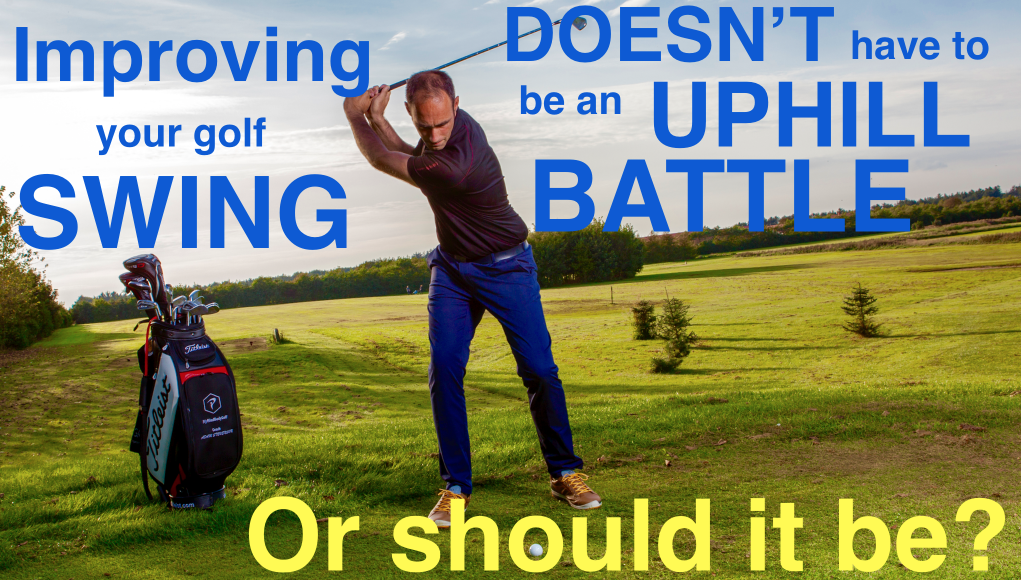
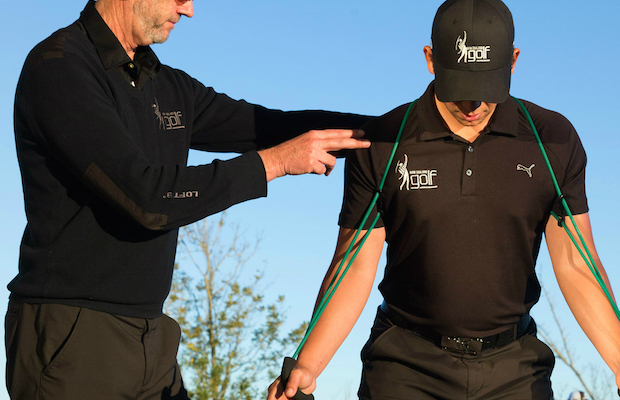
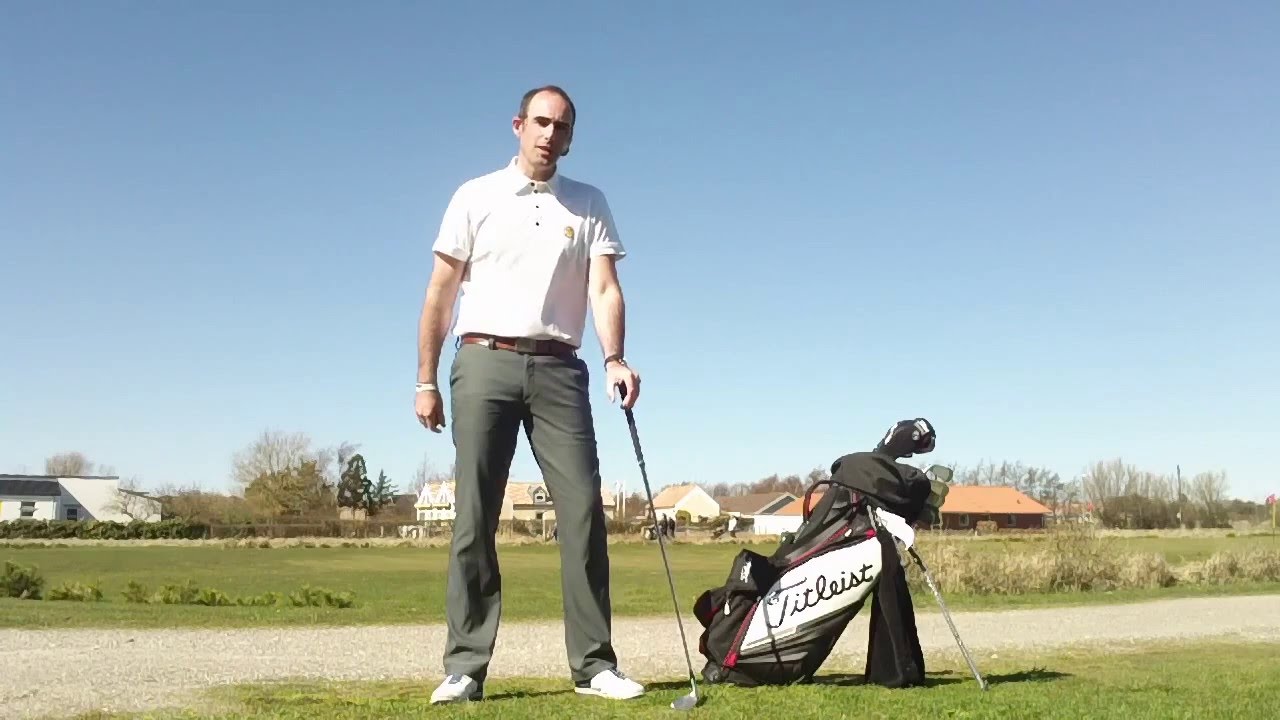
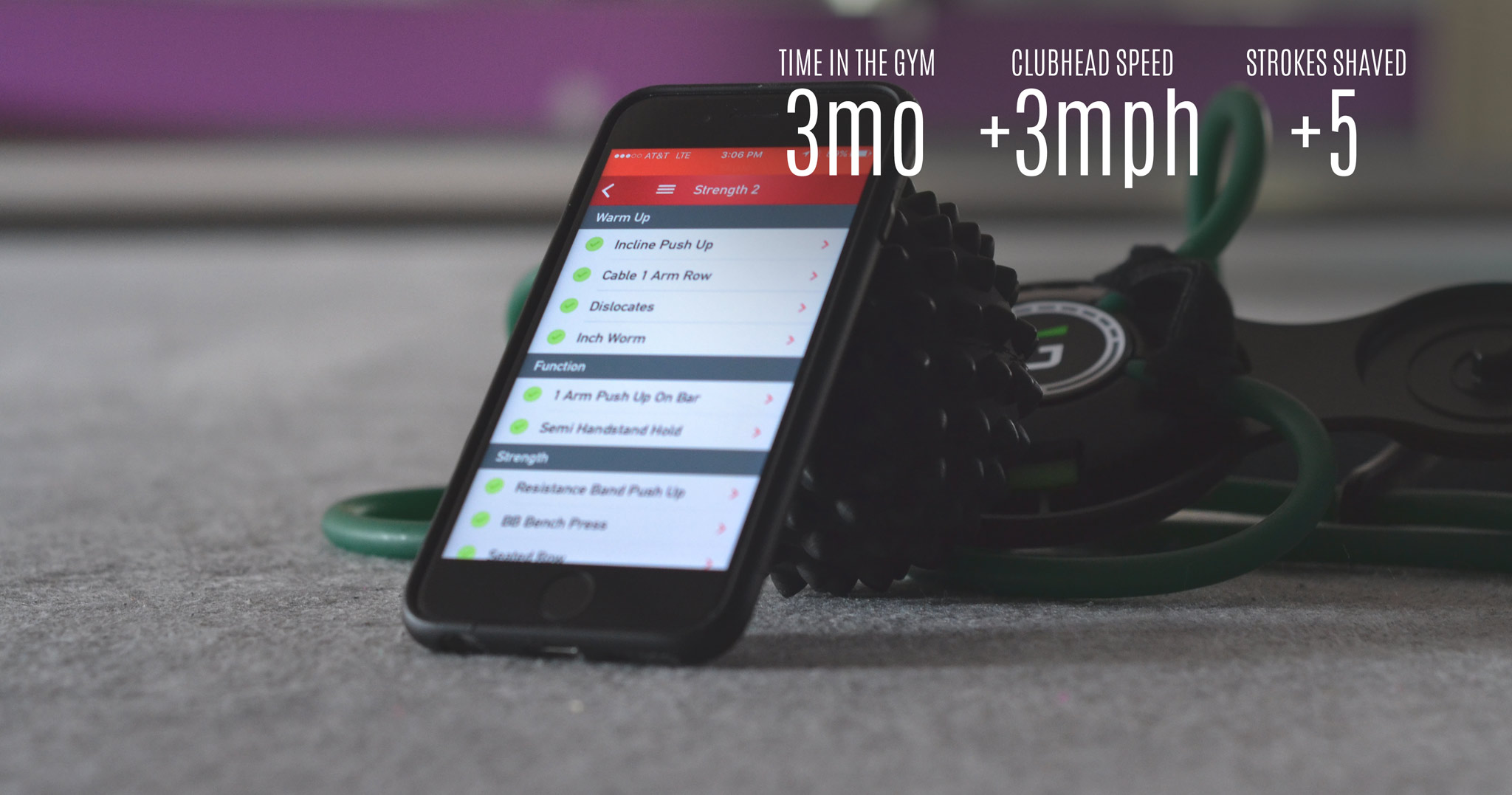
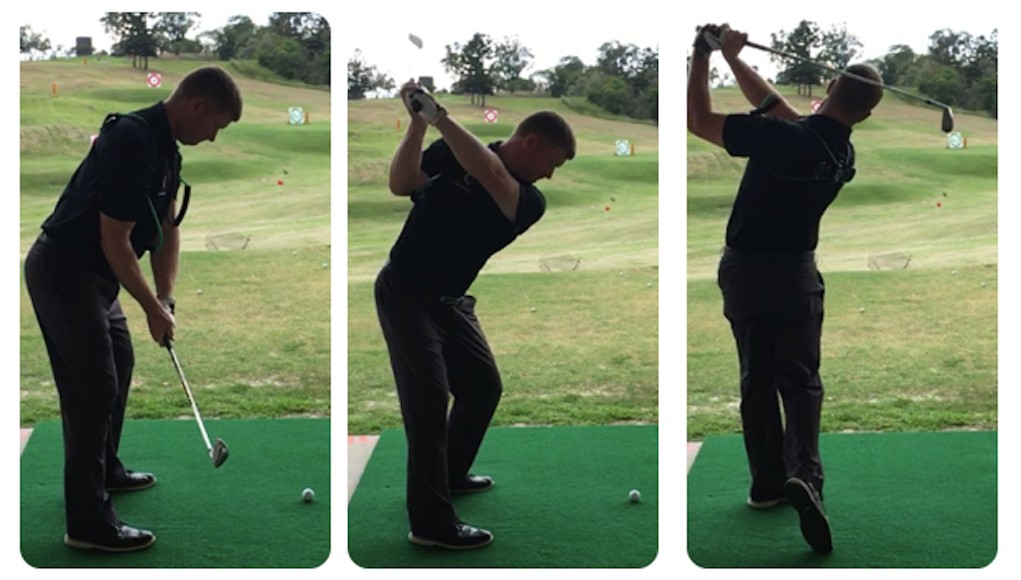
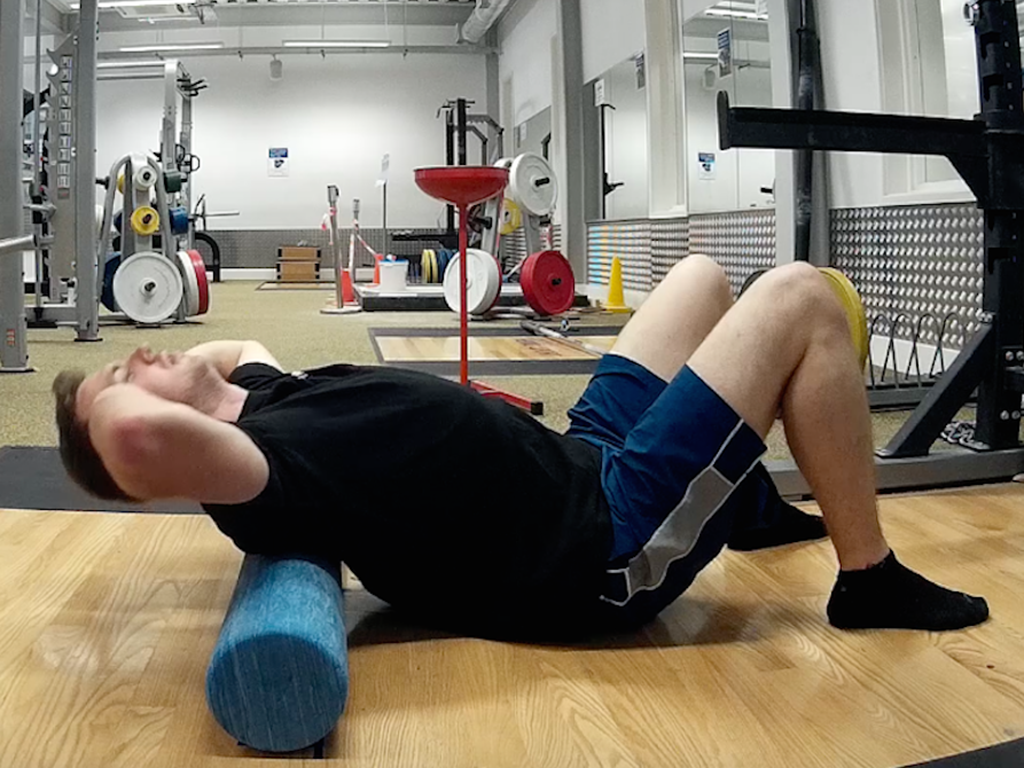








Pingback: Revive Your Golf Resolutions before 2016 Ends – GoodLife
nick
Jan 15, 2015 at 12:10 am
yeah thought at the start could be an interesting read .was quickly let down .. anyone who has had a lesson or talked to a good pro or a good travelling Am is told this constantly . even the commentators give this simple knowledge and more.
Milton
Jan 13, 2015 at 4:56 pm
Nice article. Thanks!
Pingback: Do you need a hug? | The FutureNow
JohnK
Jan 12, 2015 at 4:22 pm
Yea I was hoping for more than that also. 3 weeks and that is all you learned!? What about how players play their practice rounds (multiple balls off tees, etc…), how they strategize, what other stuff besides practice rounds and the pro-am do players do before the Thursday tee off? You know, more stuff that you don’t see on tv.
Birdeez
Jan 12, 2015 at 1:16 pm
stay hydrated and the guys aren’t perfect….
i was hoping for a little more. Everything listed really isn’t anything new. Was hoping for a little more behind the scenes stuff. players and caddies hang out after rounds. go out to dinner or stay get take out. who hangs with who. how certain players travel between events. etc etc.
Give me 3 weeks with inside access to tournaments and following players and we’d get a better article than ‘drink water and guys don’t aim at flags’
other paul
Jan 12, 2015 at 12:35 pm
I dont think I ever want to live on tour. Playing an event or two would be pretty cool. I have been chatting it up some guys playing in local Ams and they love playing, but hate paying.
leo
Jan 12, 2015 at 4:34 pm
if you ever got the opportunity to play on tour i think your opinion would change.what’s not to like about the chance to play golf everyday on the finest courses with the chance to make millions of dollars ,travel to the best destinations where the weather is usually beautiful and be treated like a king from arrival to departure,to have a personal valet aka caddie to attend to your every need ‘to have access to the best equipment,training,instruction and technology on the planet.even the tour caddies i know love being on tour.even being on the fringe of the tour,playing mini-tours going to monday qualifiers and q-school when they still had it,were the best years i ever had.
other paul
Jan 12, 2015 at 12:33 pm
I love the look of that range!
Steve
Jan 11, 2015 at 10:05 pm
Drink water, got it thanks
Marshall Brown
Jan 11, 2015 at 8:23 pm
Great article! Would love to read more articles about insight on tour. Thanks!
Matt Johnson
Jan 11, 2015 at 8:10 pm
May I ask what is a “rusty six-marker”? I’ve never heard this saying and a quick internet search reveals very little. Thanks.
Mark
Jan 11, 2015 at 8:42 pm
A 6 handicap who doesn’t play much, or is probably not as good as they were when they were playing to 6 regularly.
Handicaps don’t usually blow out as quickly as your form can.
Philip
Jan 11, 2015 at 4:32 pm
Very good info. I’ve pretty much incorporated all of the points (other than I don’t have many chances to watch golf on location) and I still have to resist flag hunting when I’m on a roll. I remember a couple of years ago, drinking 5-6 litres during rounds, plus additional water before and after, and not having to need the bathroom for hours after. It is incredible how much water our bodies can loss without us realizing it on hot and humid days.
Ross
Jan 11, 2015 at 4:25 pm
What range is pictured in the very first image?
iknoweverything
Jan 11, 2015 at 4:39 pm
Big Cedar Lodge in Missouri
Ross
Jan 11, 2015 at 5:46 pm
Wow that is unreal. I think I saw this on one of the Tiger Woods video games years ago and I thought it was just made up!
iknoweverything
Jan 11, 2015 at 6:08 pm
I probably need a life since I was able to instantly recognize the range on a Champions tour event.
Jeff
Jan 11, 2015 at 10:22 pm
Don’t feel too bad, I did the same thing, blew up the pic and saw Faldo and then realized it champions tour and then recognized the course. But it is way cool huh
Double Mocha Man
Jan 12, 2015 at 10:50 am
Does the range cart drive through the sand traps to pick up balls?
Nick G
Jan 11, 2015 at 4:18 pm
Saw this right as I posted. Good minds think alike.
Nick G
Jan 11, 2015 at 4:17 pm
Great article and insight! Would love to see more like this out there. Thanks Nick.
Preston
Jan 11, 2015 at 4:12 pm
Great article. We need more of this kind of insight.